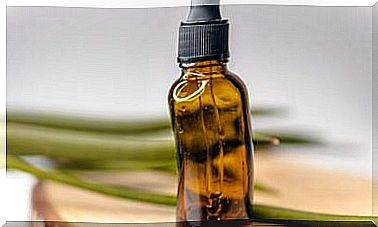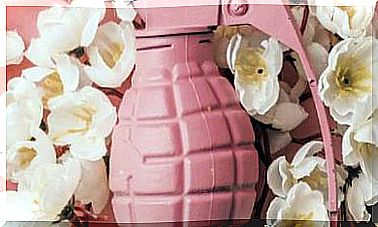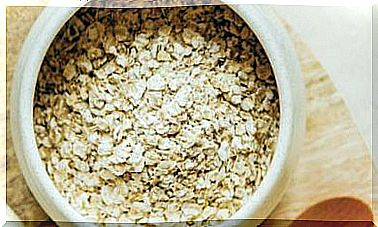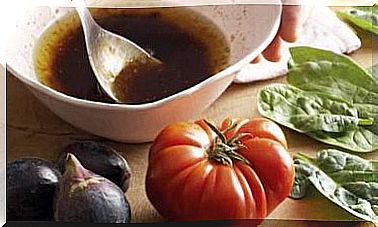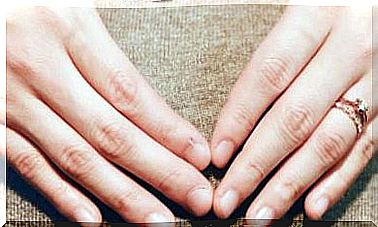The 47 “E” Numbers That You Should Avoid
We offer you a list so that you can identify which ones are safe and which ones you should control so as not to consume them
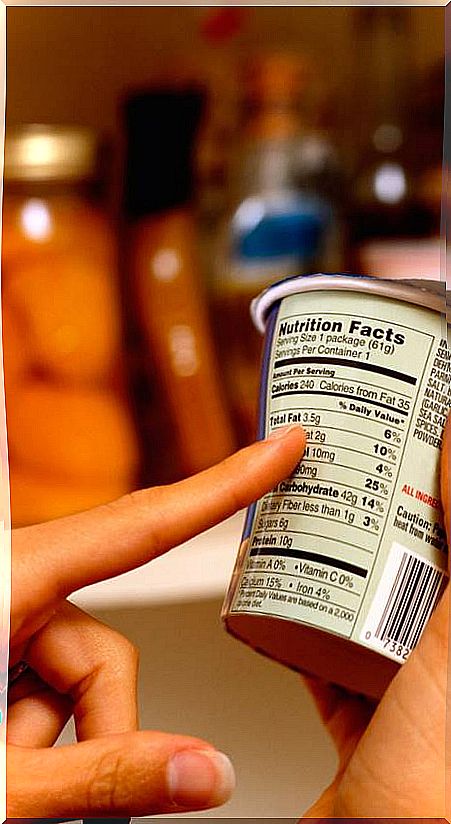
Although additives have a bad reputation, there are safe and suitable ones for the production of quality and natural products. But it is true that some are under suspicion and should be avoided.
E additives that harm your health
Here is a list so you can identify them.
Colorants
- E-102 Tartrazine
- E-110 Sunset Yellow FCF, Orange Yellow S
- E-127 Erythrosine
- E-129 Allura red
- E-132 Indigotine
- E-133 Brilliant Blue FCF
- E-150c Ammonium caramel
- E-150d Ammonium Sulfite Caramel
- E-154 Brown FK
- E-155 Brown HT
- E-161g Canthaxanthin
- E-180g Litolrubin
Most have been shown to promote and exacerbate inattention and hyperactivity in sensitive children. The E102 is therefore prohibited in Norway. E161 occurs naturally in chanterelles and shrimp, but the World Health Organization has drawn attention to studies linking it to liver damage.
Preservatives
- E-211 Sodium benzoate
- E-214 Ethyl p-hydroxybenzoate
- E-215 Ethyl p-hydroxybenzoate sodium
- E-218 Methyl p-hydroxybenzoate
- E-219 Sodium methyl p-hydroxybenzoate
- E-235 Natamycin
- E-249 Potassium nitrite
- E-251 Sodium nitrate
Sodium benzoate is associated in combination with dyes with the exacerbation of behavior problems in children. Hydroxybenzoates are of particular concern due to their effects on the endocrine system and natamycin, an antibiotic used in cheese rinds and sausage skins.
Antioxidants
- E-310 Propyl gallate
- E-311 Octyl gallate
- E-312 Dodecyl gallate
- E-319 Tert-butylhydroquinone
- E-320 Butylhydroxyanisole (BHA)
- E-321 Butylhydroxytoluol (BHT)
The last two must be particularly rejected. They are found in all kinds of fried foods, chewing gums, purees, and pastry mixes. When heated, they break down into metabolites that have been shown to be carcinogenic in animals. They also disrupt the endocrine system. Both accumulate in the fatty tissue of the woman’s body and when they become pregnant they can reach the fetus.
Thickeners and fillers
- E-407 Carrageenan
- E-413 Tragacanth gum
- E-466 Sodium carboxymethyl cellulose or carboxymethyl cellulose
Carrageenan can cause inflammatory reactions in the intestine, especially in people with a previous disorder. Gum tragacanth is associated with allergic reactions. E466 can be contaminated with carcinogenic dioxins and its excessive intake favors diarrhea and abdominal discomfort.
Emulsifiers
- E-472e Mono- and diacetyltartaric esters of mono- and diglycerides of fatty acids
- E-476 Polyglycerol polyricinoleate
There are studies that link E472 – used in bakery and pastry products – with kidney and heart damage in animals. E476 is also associated with liver and kidney damage when the safety limit is exceeded, something possible in people who are very fond of chocolates and other chocolate-based products.
Flavor enhancers
- E-620 Glutamic Acid
- E-621 Monosodium glutamate
- E-622 Gl. monopotassium
- E-623 Gl. calcic
- E-624 Gl. monoammonium
- E-625 Gl. magnesium
- E-927 Carbamide
Glutamates can cause headaches and other discomforts in sensitive people. They can promote obesity.
Sweeteners
- E-950 Acesulfame K
- E-951 Aspartame
- E-952 Cyclamic acid and its sodium and calcium salts
- E-962 Aspartame and acesulfame salt
They are associated with obesity and genetic alterations. E951 is also linked to behavioral disorders. The E952 is banned in the United States.
Others
- E-444 Sucrose acetate isobutyrate
- E-452 Polyphosphates
- E-520 Aluminum Sulfate
- E-521 Sodium Aluminum Double Sulfate
- E-522 Aluminum Ammonium Double Sulfate


